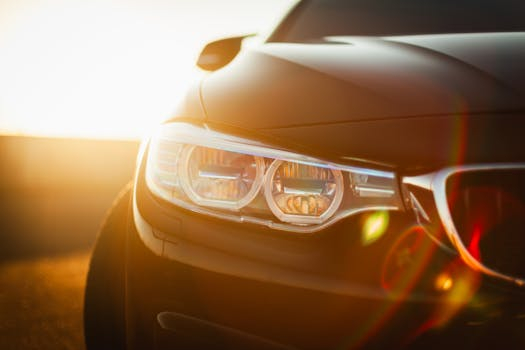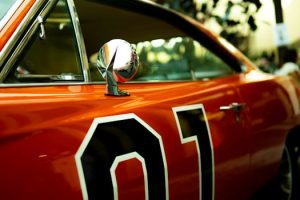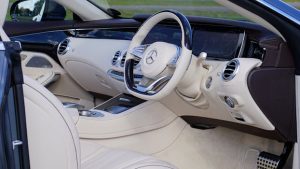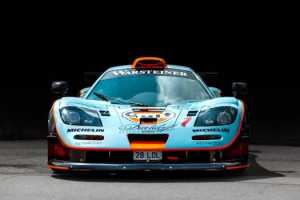Car Headlights: Evolution and Innovation
Welcome to the world of car headlights! They may seem like a mundane and often overlooked feature of a car, but headlights have come a long way in terms of evolution and innovation. From the early days of incandescent bulbs to the modern LED technology, car headlights have undergone significant changes to improve functionality, safety, and aesthetics. In this article, we’ll explore the history of car headlights and how they have evolved over time with innovative technologies. So, buckle up and let’s take a trip down the headlight memory lane.
The Beginning: Incandescent Headlights
The first automobile ever made, the Benz Patent-Motorwagen, didn’t have any headlights at all. It was primarily a carriage with an engine, and it wasn’t until later that the idea of headlights for automobiles was introduced. In the early 1900s, cars were equipped with carbide lamps as headlights, which used acetylene gas to produce light. These lamps were not only dim and inefficient but also dangerous as they could potentially explode. However, in 1912, Cadillac introduced electric headlights, which used incandescent bulbs and were much safer and reliable. As the popularity of electric headlights grew, incandescent bulbs became the standard for car headlights.
Halogen Headlights: A Game-Changer
The 1960s saw a significant shift in the headlight technology with the introduction of halogen bulbs. These bulbs utilized tungsten filaments and contained halogen gas, which increased the overall efficiency and brightness of the headlights. Halogen bulbs also had a longer lifespan compared to incandescent bulbs, and their compact size allowed for greater flexibility in car headlight design. This innovation revolutionized the automotive industry, and halogen headlights remained the standard for many decades to come.
From HID to LED: The High-Tech Headlights
In the 1990s, the High-Intensity Discharge (HID) headlights were introduced as an option in luxury cars. HID headlights used xenon gas and electrical discharge to produce a bright and white light, making them more efficient and long-lasting than halogen bulbs. However, HID headlights had a few drawbacks, including a warm-up time and high cost. Eventually, in the early 2000s, LED headlights started becoming popular in luxury cars, thanks to their low power consumption, small size, and advanced lighting capabilities. LED technology reduces energy consumption by up to 80% compared to halogen headlights, making them more eco-friendly and cost-effective in the long run. Today, LED headlights are becoming more mainstream, and they are being used in a wide range of car models.
Future of Car Headlights: Adaptive and Smart Technologies
The future of car headlights is all about adapting and improving technologies to provide better functionality and safety. One such technology is Adaptive Driving Beam (ADB), which uses cameras and sensors to detect other vehicles and adjust the headlight beam accordingly. This not only eliminates the hassle of switching between high and low beams but also prevents blinding oncoming drivers. Moreover, advanced smart headlights are being developed that can automatically adjust the light distribution based on the weather, road conditions, and speed. These innovative technologies are making car headlights not only more efficient but also safer for drivers and other vehicles on the road.
In Conclusion
Car headlights have indeed come a long way in terms of evolution and innovation. From humble incandescent bulbs to advanced LED and smart headlights, car manufacturers have continuously improved this essential feature to enhance the driving experience. With the ever-growing focus on safety and energy efficiency, we can expect to see even more advancements in car headlight technology in the years to come. So, next time you’re driving at night using your car’s headlights, take a moment to appreciate the journey they have undergone to reach where they are today.










